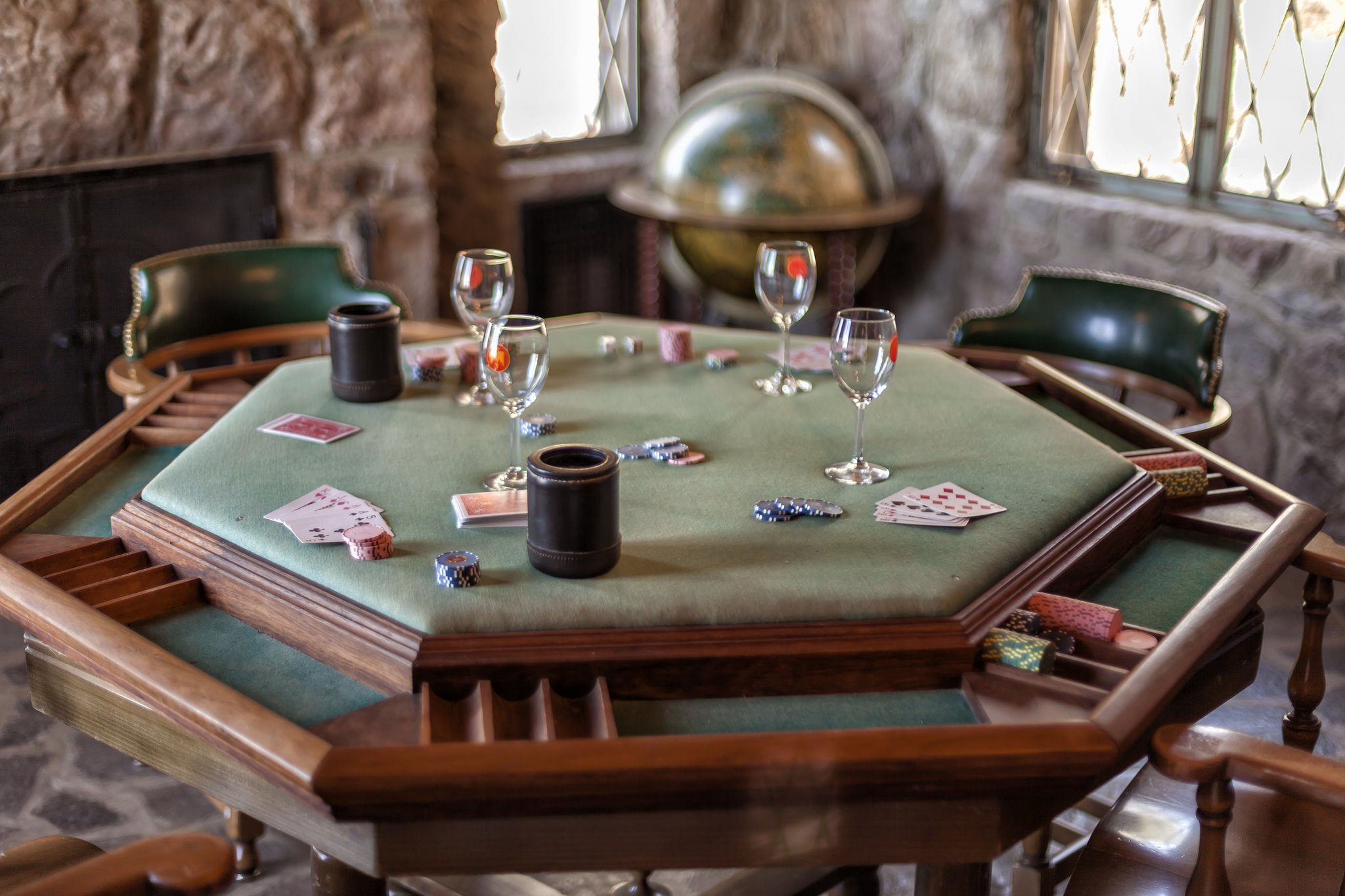Poker Notepad: Live poker chameleon
Live game has its own rules. Playing online you can earn decent money using “standard lines” with the help of intense multitabling, but in offline poker you’ve got to invent 5-wheel bicycle (in a good way) every freaking time.
The main problem with live poker in that it is slow. You can’t have good win rate playing similar all the time (well, you can, if opponents are the same and in general this is only partly true). Live player must maximize his value in any favorable situation and his online vis-à-vis can score the same result with playing bigger amount of hands. Here are few tips on poker strategy.
So, the first axiom is: you have to minimize standard lines in live games. In other words, you should play according to table dynamics, not according to your traits and habits.
So basically you are the one who does all the caving, not the table.
Don’t piss against the wind
Every boy, guy, man knows one of the most important rules of his existence – piss against the wind is harmful. You’d be surprised to know that this principle is good for poker as well. You can’t make your own rules for everybody at the table if you just sat there, you have to follow them. It’s no about poker table etiquette or poker table sitting.
You’ll need some basic strategy to start with. Usually it is tight-aggressive style of play, which is described in thousands of articles and book (so there is no need to describe it here).
After gaining some information you can actively change your play. If the table is very loose and there are massive battles preflop, you’d better narrow your ranges. But this is of course very simple example.
The point is that standard style of any player must coincide with the table dynamics, no exceptions to that rule.
Yes, we can choose the table, seat or the hands we play and many other things, but we can’t choose the dynamics of the tables. So we must play accordingly.
So what are you supposed to answer now about your style of play? Depends on the wind!
What to do on practice
Enough with the theory, now we can talk about practice.
You’re at the club. Now what? We buy in for 100 bb, sit at the table and start playing. Tight, of course. And watching the opponents to our left. Future deviations in our strategy will be built on the basis of this information.
If they are passive as elephants but willing to call everything, we’d better use some limps with marginal hands (connectors and small pairs), narrow ranges of open raises a little bit.
Playing more, you’ll notice how they play on the flop and later streets. Maybe they choose check-fold or, otherwise, check-raise. So you should widen or narrow your c-bet range.
So, there is another rule for you: always act depending on the situation, improving your strategy as new information arrives.
Good/Bad table
Another primary question that needs to be answered in the beginning of the game: Are the table and your seat good. Definitions of those two terms can differ, but if the answer is negative, actions are almost always identical. It’s to find a new table or a new seat.
Depending on rake in club/casino willingness to take new table or new seat varies. Sometimes you even have to go down on stakes.
Watch closely
It is important for a player in live poker to see the roots of an issue. Sometimes preoccupation on the way you see it’s meant to be played interferes good vision of obvious thins at the table. Maybe someone plays 60% of his hands, 40% of which he raises. It is damn straight that his range is unbelievably wide.
There are people at every table whining: “He must have A-K here”, “lucky again”, “he is so hot today”. He is not hot, he remorselessly exploits people, concentrated on themselves.
Or something like that. For a long time a guy did not take part in game, sitting very tight. And he open raises. You have queens. What’s the first thing on your mind: “A-A or K-K”, “he waited and they have come”. Yes, maybe it is so, but not necessarily. Top pairs are rare, A-K, A-Q, J-J or even T-T are there too…
We’ll talk about poker tournament strategy anytime soon.
Previous episodes:



